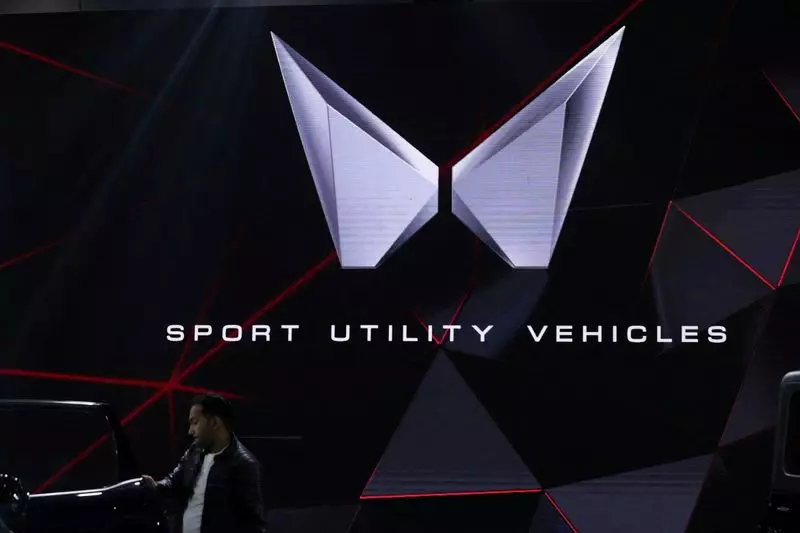The proposed $3 billion joint venture between Indian automaker Mahindra & Mahindra and China’s Shaanxi Automobile Group has sparked controversy, with conflicting reports emerging about the deal. According to sources, Mahindra is set to have a majority stake in the manufacturing venture, which is planned to be located in Prime Minister Narendra Modi’s home state of Gujarat.
Following the news, Mahindra’s shares experienced a significant increase, rising as much as 3.1% before settling 2.5% higher. The stock exchange statement released by Mahindra dismissed the news as unfounded, denying any truth in the matter. This conflicting information has created uncertainty among investors, with the stock price reacting to the news.
Government Approval and Chinese Investment
Mahindra has reportedly sought government approval for the Chinese investment, highlighting the regulatory hurdles involved in such partnerships. The Indian government has maintained strict scrutiny over Chinese investments since 2020, following border clashes between the two countries. This cautious approach has led to delays and cancellations of several Chinese investments in India, raising concerns about national security.
Despite these challenges, India is exploring opportunities to ease restrictions on Chinese investment in non-sensitive sectors such as solar panels and battery manufacturing. With foreign investments declining significantly, there is growing support within the Indian government to review its stance on Chinese investment. The Finance Minister and Chief Economic Adviser have expressed openness to promoting foreign direct investment from China to boost India’s exports.
Implications for the Automotive Industry
The proposed joint venture between Mahindra & Mahindra and Shaanxi Automobile Group has broader implications for the automotive industry in India. If approved, the manufacturing plant could serve as an integrated hub for assembling cars, engines, and batteries, positioning India as a key player in the global automotive market. However, regulatory challenges and geopolitical tensions could hinder the successful establishment of the joint venture.
Overall, the proposed joint venture between Mahindra & Mahindra and Shaanxi Automobile Group highlights the complexities and uncertainties associated with cross-border partnerships in the current geopolitical climate. The conflicting reports, regulatory hurdles, and changing government policies underscore the challenges faced by companies seeking to expand their operations internationally. It remains to be seen how this proposed partnership will unfold and whether it will ultimately come to fruition.

